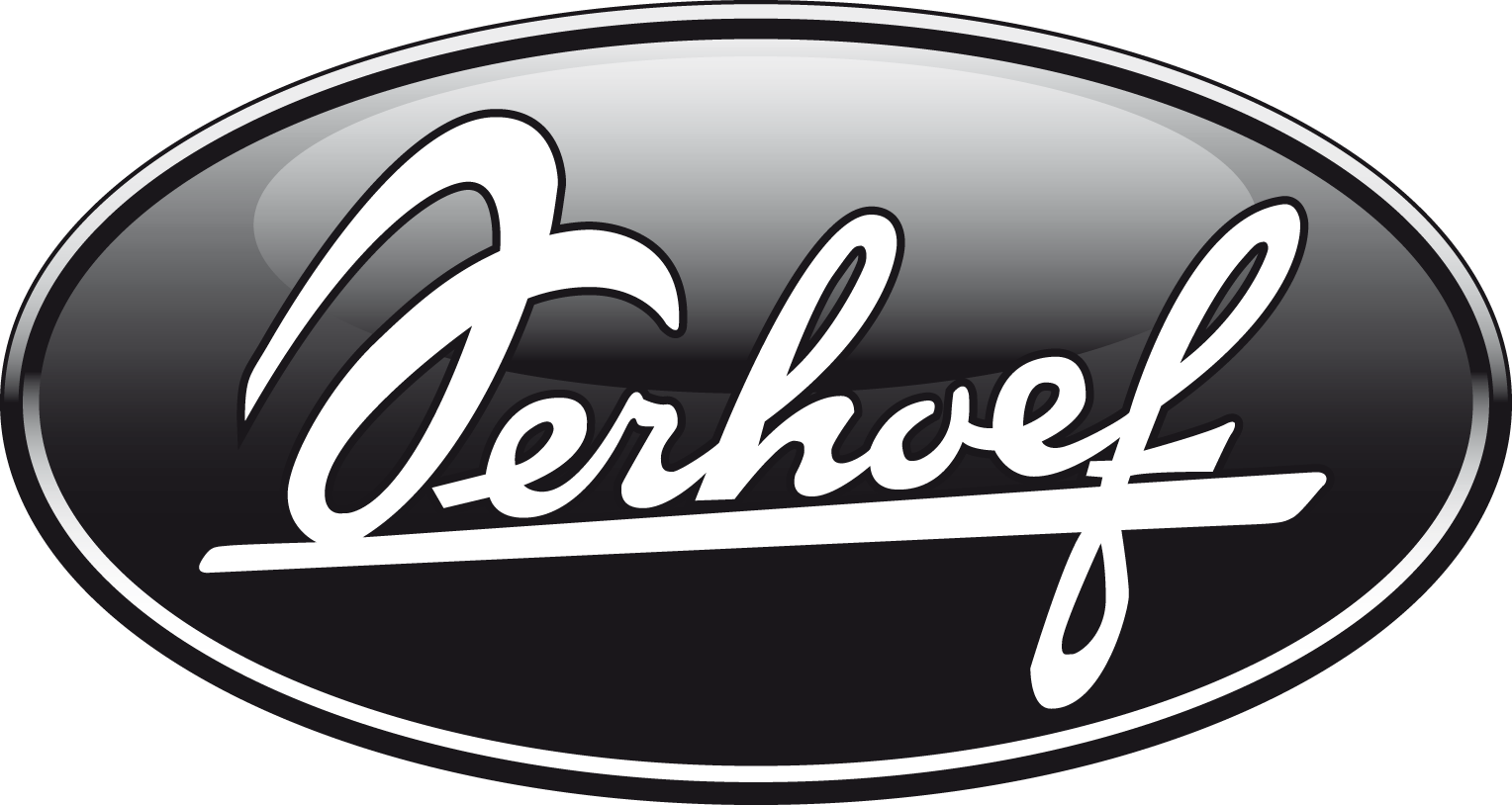

Back in the fifties ‘open’ lifeboats were used on ships, and launched by means of davits with wires. Under normal conditions a safe exercise, however during a rough sea, the chances for a successful evacuation were very small.
And when the open lifeboat was exposed to high waves, and partly loaded, it could turnover and without any self-righting features, stay in that position...


In order to improve SAFETY at SEA:
In 1959 VERHOEF designed and manufactured W O R L D ‘s first freefall lifeboat for a ship, which could be launched QUICKLY and SAFELY. The design looked very much like a submarine, and went into service on a ship in 1962. It had a freefall height of about six meters, and was made entirely made of aluminium alloys with cross- and longitudinal frames for overall stiffness of the lifeboat. The concept, with the aluminium freefall lifeboat, together with its freefall launching system, became widely recognised, appreciated and awarded by many international authorities.


Through the development of THE FREEFALL LIFEBOAT the crew can abandon their ship or platform, safely and quickly. Even when exposed to the most extreme conditions, such as fire or being full of water, the Verhoef freefall lifeboat has proven to be a lifesaving appliance that could withstand the most stringent safety demands.
The FREEFALL LIFEBOAT concept is acknowledged to be one of the most important improvements in the field of SAFETY at SEA. Since then many ships and offshore platforms worldwide have been equipped with Verhoef Freefall Lifeboats.
For further information on the history of the Verhoef Freefall Lifeboats, please read the NOVA article 'pioneers of survival'
If you would like to know more about our Verhoef Aluminium Freefall Lifeboats, please do not hesitate to contact our sales department at sales@verhoef.eu.